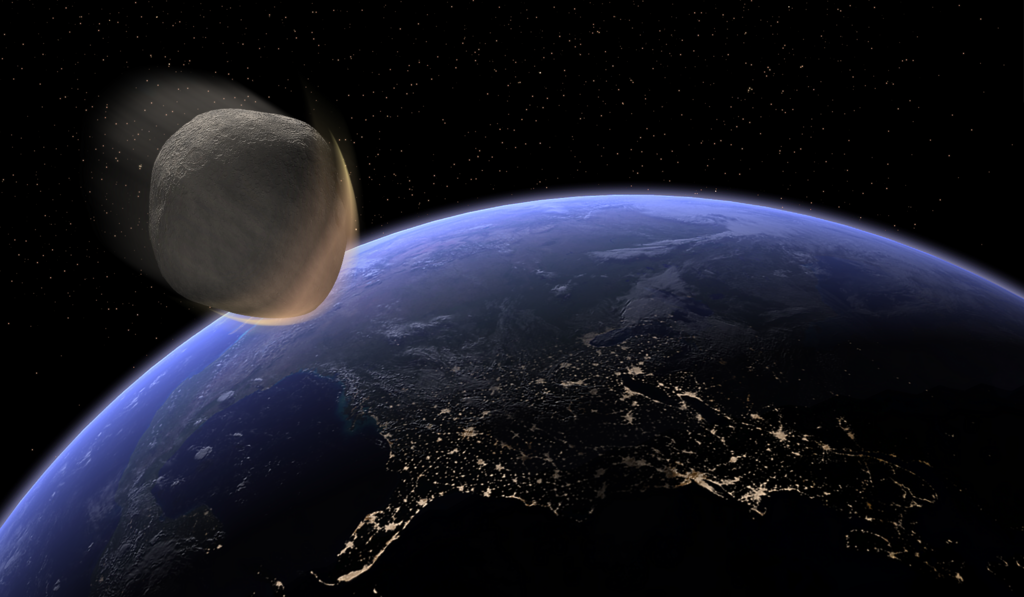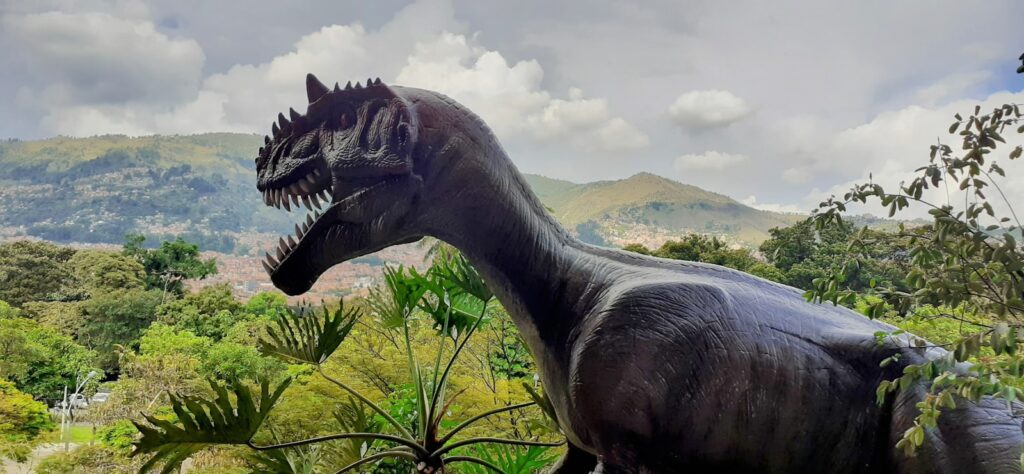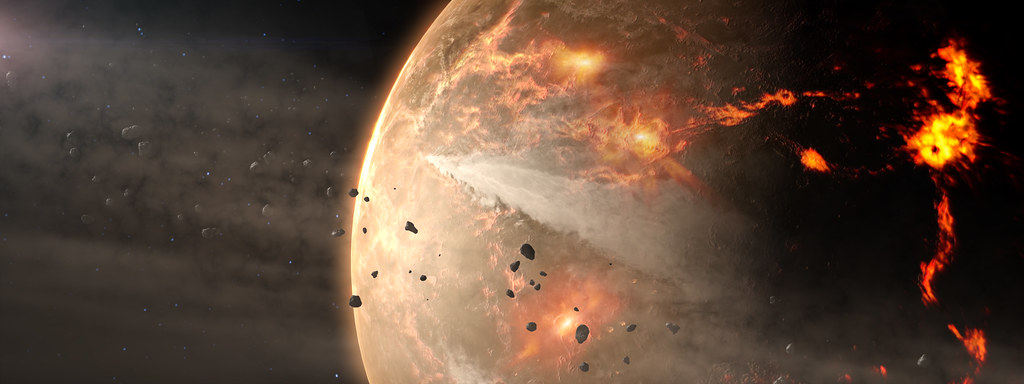The story of how dinosaurs vanished from Earth 66 million years ago isn’t just ancient history – it’s a stark warning for our modern world. Scientists have pieced together the dramatic final chapter of these magnificent creatures, and the parallels to today’s environmental crisis are both striking and sobering. Understanding what happened to the dinosaurs can help us grasp the gravity of our current situation and maybe, just maybe, avoid a similar fate.
The Asteroid That Changed Everything
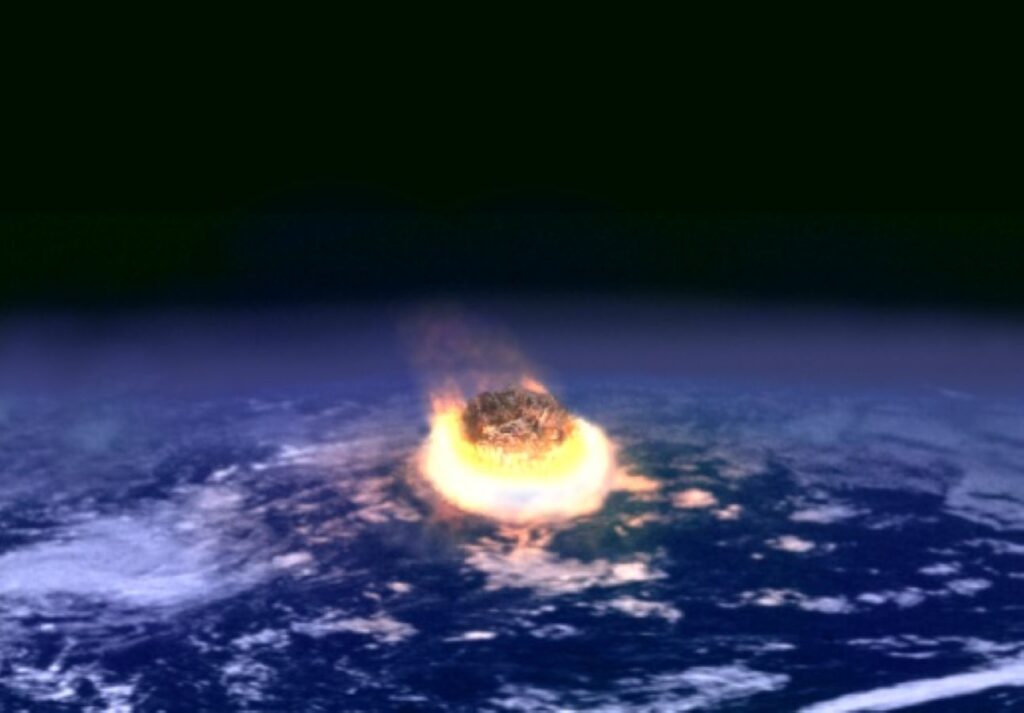
Picture this: a Tyrannosaurus rex was calmly chewing on the carcass of a duck-billed dinosaur, when a small white light appeared in the sky. The light grew larger and larger, until it became blinding; the dinosaur never finished its lunch. This wasn’t science fiction – it was the beginning of the end for non-avian dinosaurs. A massive asteroid approximately 10 km (6 mi) wide slammed into Earth 66 million years ago, causing the Chicxulub impact crater, which devastated the global environment.
The impact was unimaginably powerful. The impact produced as much explosive energy as 100 teratons of TNT, 10 billion times the explosive power of the Hiroshima atomic bomb. The asteroid also triggered a megatsunami with mile-high waves that was 30,000 times more initial energy than any recorded events. For the first time in Earth’s history, a single catastrophic event would reshape the planet’s entire biological landscape within mere hours.
The Science Behind the Discovery
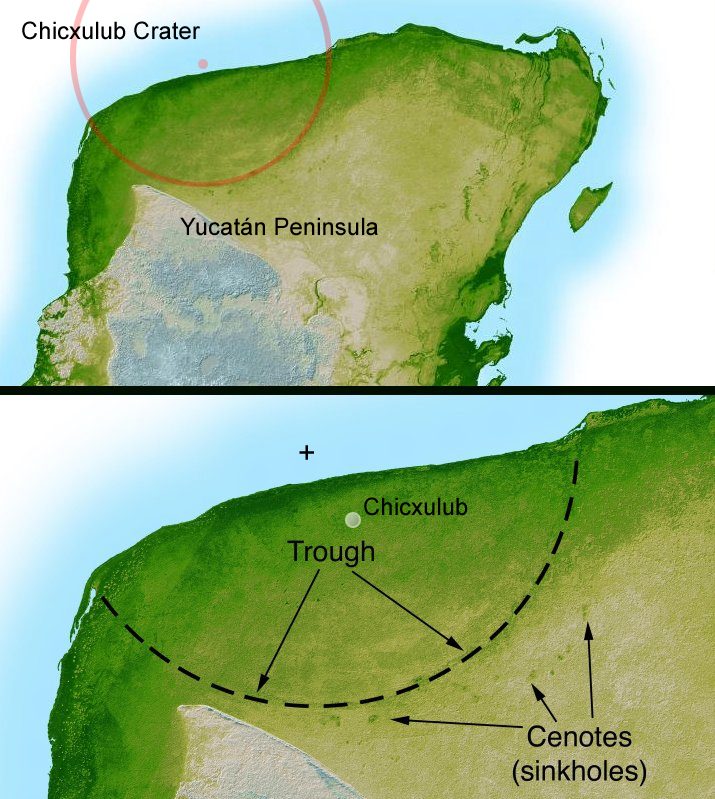
The impact hypothesis, also known as the Alvarez hypothesis, was bolstered by the discovery of the 180 km (112 mi) Chicxulub crater in the Gulf of Mexico’s Yucatán Peninsula in the early 1990s, which provided conclusive evidence that the K–Pg boundary clay represented debris from an asteroid impact. The breakthrough came decades earlier when scientists found something peculiar in rock layers from around the world. The Alvarezes and colleagues reported that it contained an abnormally high concentration of iridium, a chemical element rare on Earth but common in asteroids.
Researchers believe they have closed the case of what killed the dinosaurs, definitively linking their extinction with an asteroid that slammed into Earth 66 million years ago by finding a key piece of evidence: asteroid dust inside the impact crater. The most compelling evidence came from recent drilling projects. The new study seals the deal, researchers said, by finding asteroid dust with a matching chemical fingerprint within that crater at the precise geological location that marks the time of the extinction.
The Immediate Aftermath: A World in Darkness
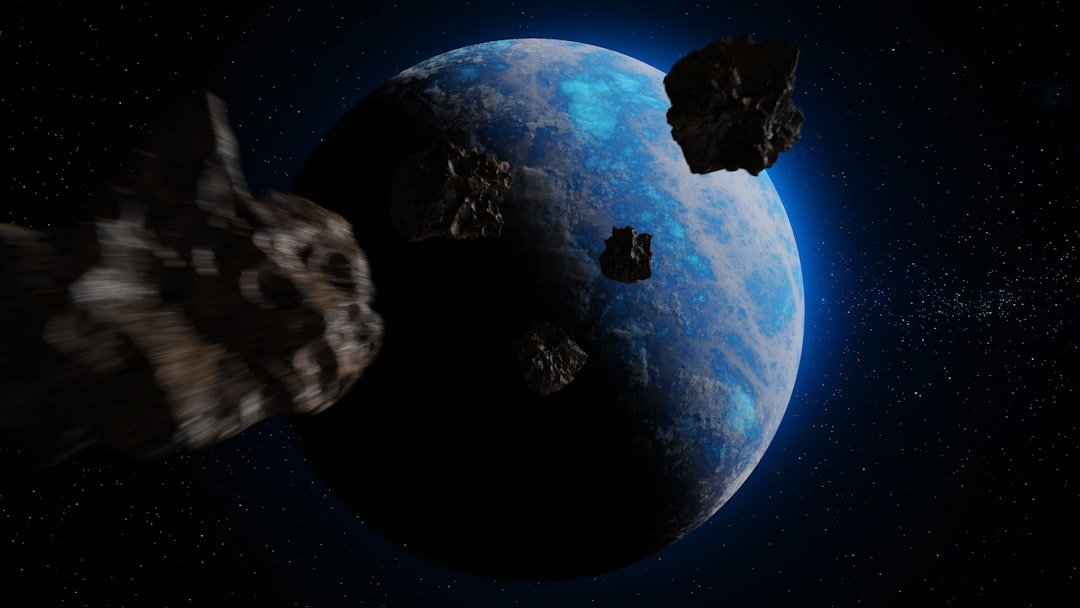
The moments following the impact were apocalyptic beyond imagination. A crater some 200 km in diameter formed. Over a short period of time (a few minutes) several hundred billion tons of CO2, SO2 and water vapor released by the vaporized target rock were injected into the Earth atmosphere. The immediate destruction was just the beginning of a global catastrophe that would unfold over months and years.
The impact produced a cloud of dust and soot that temporarily blocked out the Sun, shutting down photosynthesis and sending global temperatures plummeting. This “impact winter” created conditions so harsh that life on a frozen, desolate tundra would have been particularly challenging for land-based creatures acclimated to the warm, stable climate of the latest Cretaceous. The darkness wasn’t brief either – the dust kicked up by the impact circulated in the atmosphere for no more than a couple of decades, creating a prolonged period of environmental chaos.
Mass Extinction on an Unprecedented Scale
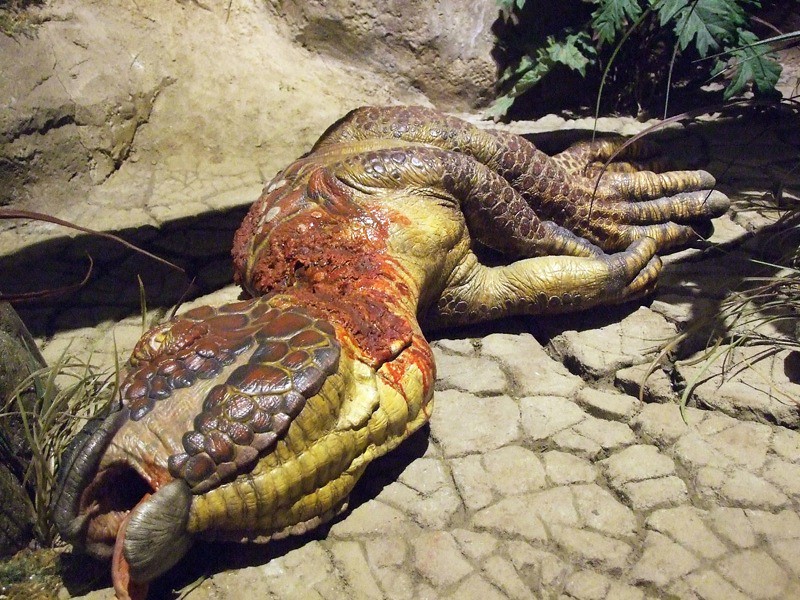
The numbers are staggering. The Cretaceous–Paleogene (K–Pg) extinction event was the mass extinction of three-quarters of the plant and animal species on Earth approximately 66 million years ago. This wasn’t just about dinosaurs – entire ecosystems collapsed. Many other animals also died out, including pterosaurs, large marine reptiles, and ammonites.
What makes this extinction particularly remarkable is its selectivity and thoroughness. Sediments above the K-Pg layer show not only are dinosaur fossils completely absent, but there are no fossil remains of any large terrestrial species (specifically those estimated to have weighed more than about 50 pounds). The extinction was so complete that it fundamentally altered the trajectory of life on Earth, ending the dominance of reptiles and paving the way for the rise of mammals.
Climate Change Before the Impact: Dinosaurs Were Already Struggling
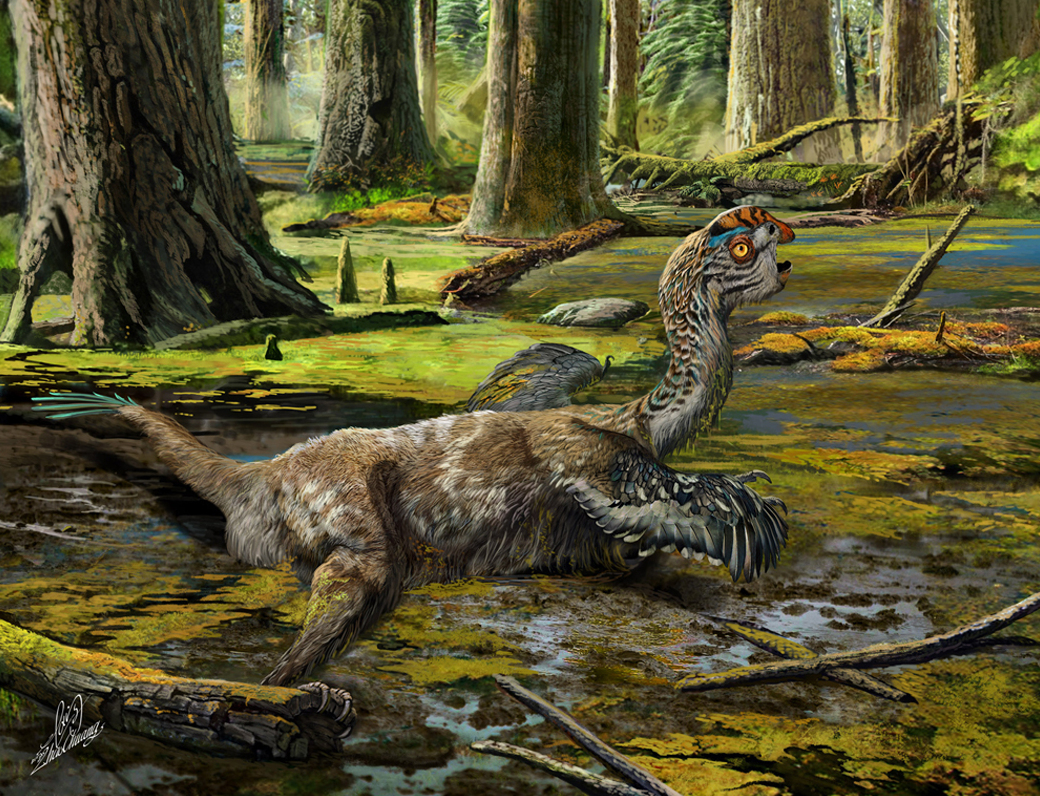
Here’s where the dinosaur story gets particularly relevant to today’s world. The asteroid didn’t hit a thriving, stable ecosystem – it delivered the final blow to creatures already under severe environmental stress. Dinosaurs were already struggling. Eruptions of ash and lava flows were releasing toxic gasses into the environment, weakening the dino biology. Plus, the climate was cooling and dinosaurs were ill-designed for a colder planet.
Our analysis indicates a correlation between the abundance of dinosaur fossils in the Shanyang Basin and climatic changes. As precipitation and temperature increased, the presence of dinosaur fossils gradually declined. Notably, during the last 0.4 million years of the Cretaceous period, no dinosaur fossils were discovered in this basin. The dinosaurs’ fate was essentially sealed long before that fateful day when the asteroid struck. Climate change had already begun the process of weakening their populations and reducing their resilience.
The Speed of Environmental Collapse
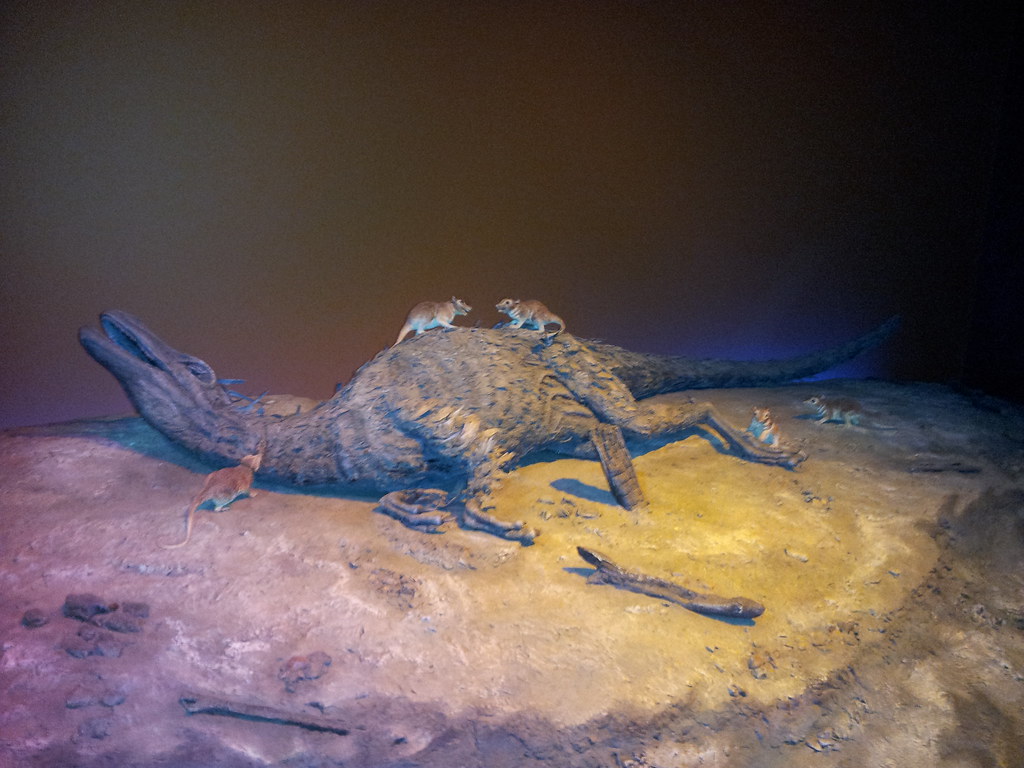
One of the most terrifying aspects of the dinosaur extinction is how quickly it all happened. “If you’re actually going to put a clock on extinction 66 million years ago, you could easily make an argument that it all happened within a couple of decades, which is basically how long it takes for everything to starve to death”, according to researchers. This rapid collapse shows how vulnerable even the most dominant life forms can be to sudden environmental changes.
The dinosaurs couldn’t adapt quickly enough to survive the dramatic shifts in their environment. The rate with which they needed to reproduce to accomplish evolutionary changes that could sustain their species through climate change, did not happen. They had fewer offspring, and the massive diversification they needed to their biology to adapt to changes, could not be carried out with so few of them. This inability to adapt fast enough to changing conditions is a sobering reminder of how evolution works – not always in time to save a species from extinction.
Modern Extinction Rates: History Repeating
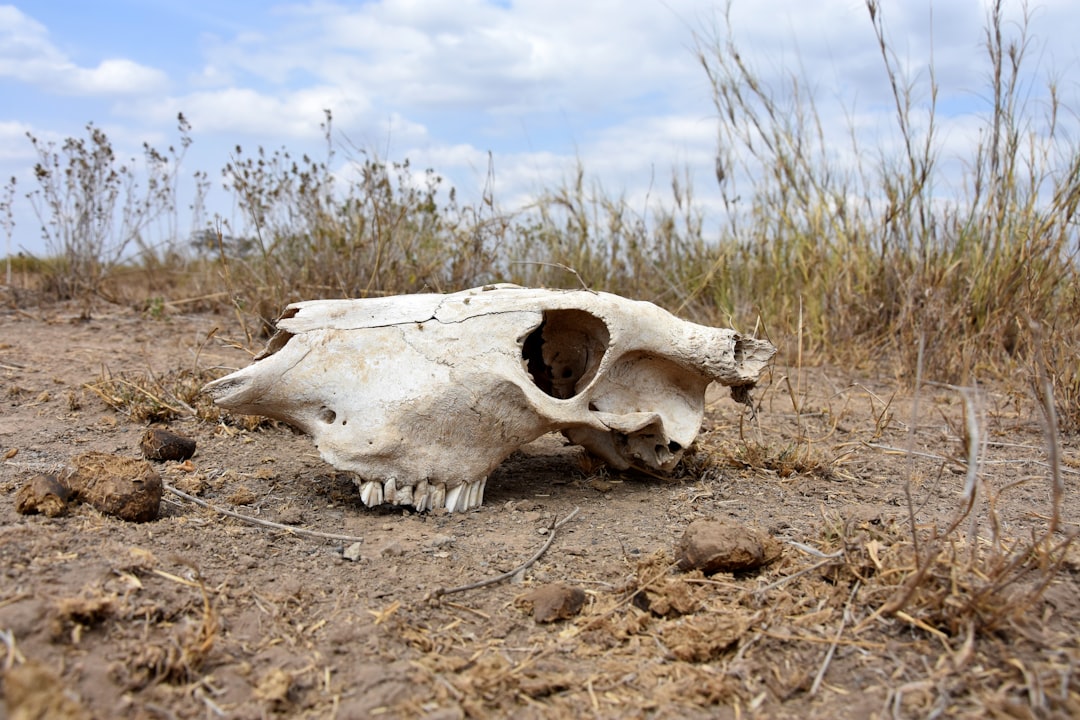
Today’s extinction crisis bears an uncomfortable resemblance to what happened 66 million years ago, but with a crucial difference – we’re both the asteroid and the dinosaurs. Modern extinction rates are alarming, with current estimates suggesting they may be 50 to 100 times higher than background rates, primarily due to human activity. The speed of current species loss is unprecedented in human history.
Up to 1 million species threatened with extinction, many within decades. The current rate of global species extinction is tens to hundreds of times higher compared to average over the last 10 million years, and the rate is accelerating. What’s particularly alarming is that the species extinction rate is estimated between 1,000 and 10,000 times higher than natural extinction rates – the rate of species extinctions that would occur if we humans were not around. We’re witnessing a mass extinction event in real time.
Climate Change as the Modern Killer
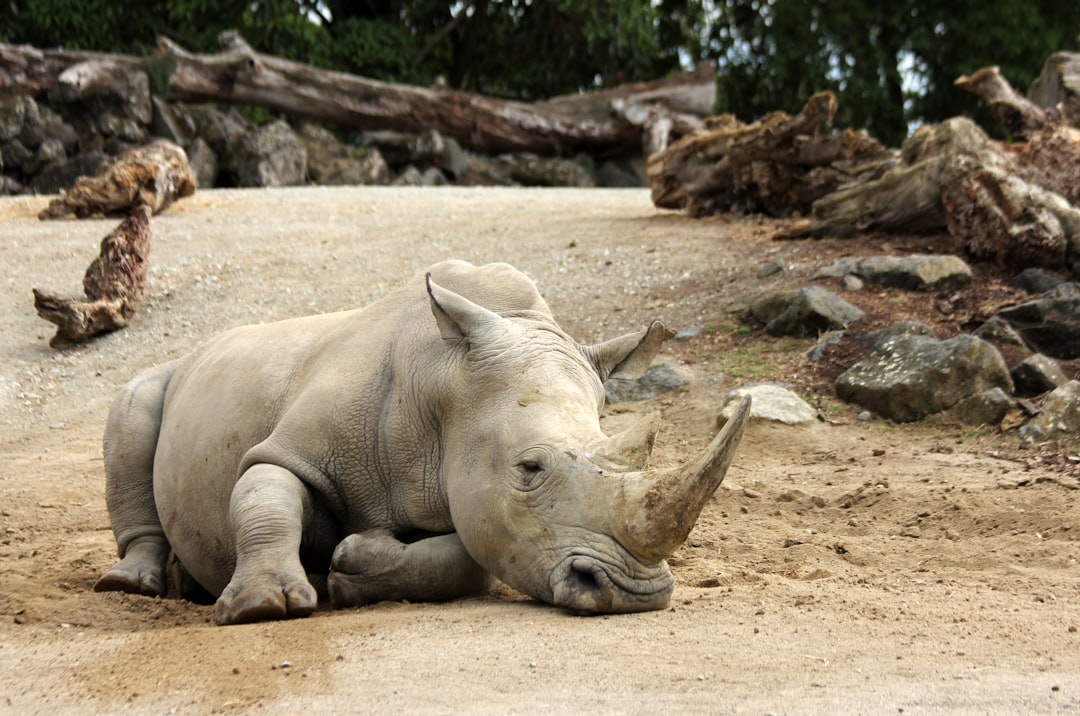
Just as climate change weakened dinosaurs before the asteroid impact, today’s climate crisis is pushing species to the brink. Climate change currently affects at least 10,967 species on the IUCN Red List of Threatened Species™, increasing the likelihood of their extinction. The mechanisms are strikingly similar to what happened in the Cretaceous period – environmental changes are happening too fast for species to adapt.
Climate scientists warn that over the next century, the rate of change will be 10 times faster than any climate pattern that unfolded in the last 65 million years. Because of today’s rapid rate of warming, up to 14 percent of all plants and animals on land may face extinction in the coming decades. The speed of change is what makes modern climate change so deadly – species simply cannot evolve or migrate fast enough to keep pace with the rapidly shifting conditions.
Habitat Loss: The Modern Asteroid Impact
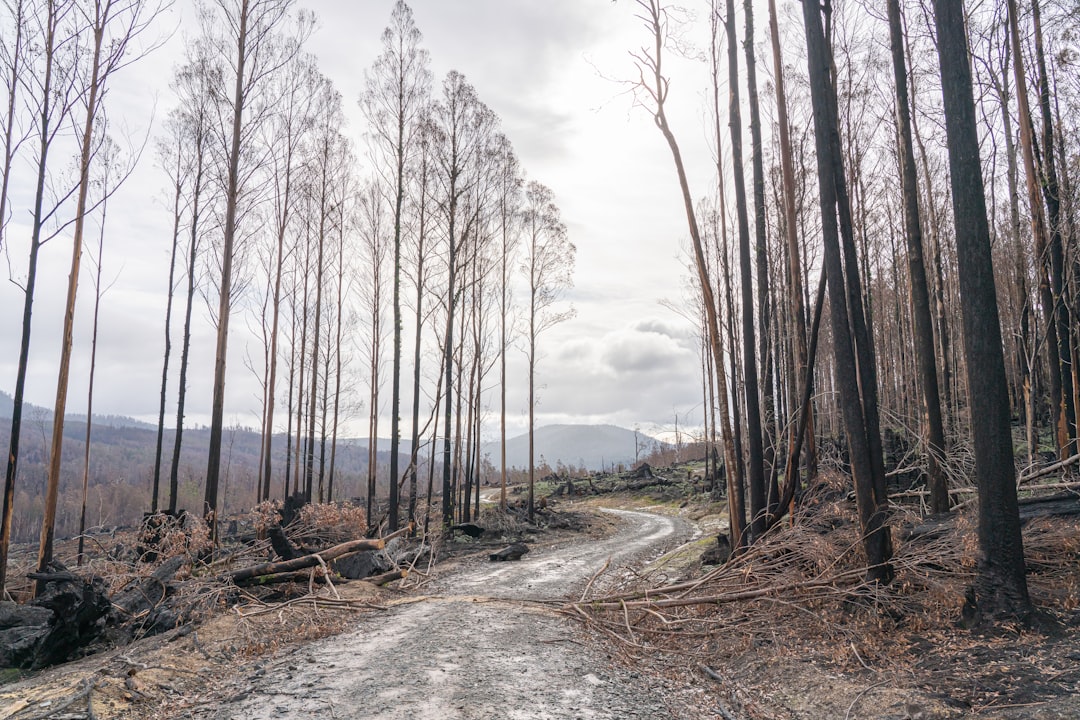
While the dinosaurs faced a single catastrophic event, today’s species face a slower but equally devastating bombardment. The main driver of biodiversity loss remains humans’ use of land – primarily for food production. Human activity has already altered over 70 per cent of all ice-free land. When land is converted for agriculture, some animal and plant species may lose their habitat and face extinction.
The statistics are mind-numbing. The average abundance of native species in most major land-based habitats has fallen by at least 20%, mostly since 1900. Just like the asteroid that carved out the Chicxulub crater, human development is literally reshaping the planet’s surface, destroying the habitats that countless species depend on for survival. The difference is that our “impact” is ongoing and expanding every day.
The Acceleration Effect: Why Things Get Worse Fast
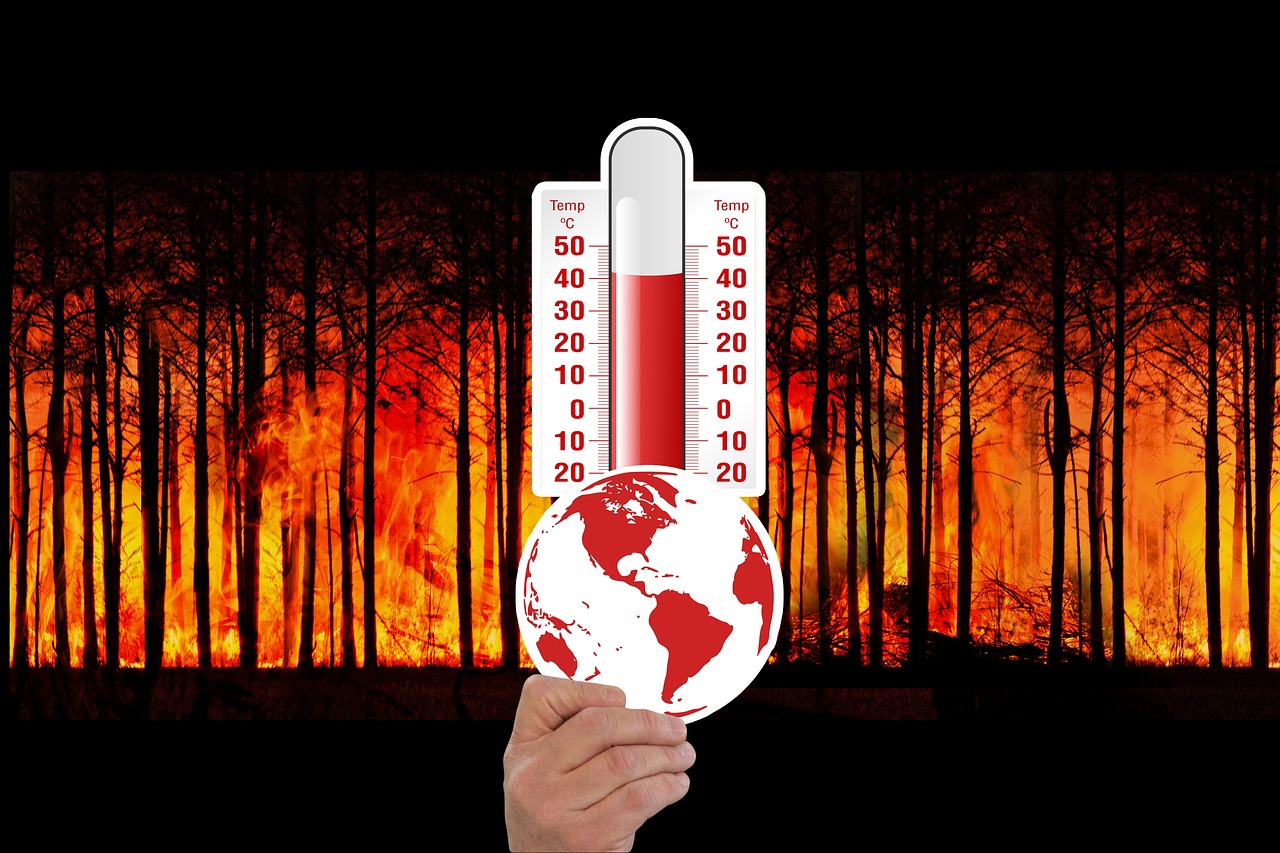
Both the dinosaur extinction and today’s crisis share a terrifying characteristic: they accelerate over time. The study found that if global temperatures rise to 2.7 degrees Fahrenheit (1.5 degrees Celsius) above the pre-industrial average temperature, exceeding the target of the Paris Agreement, extinctions would rapidly accelerate. Small increases in temperature can trigger massive cascading effects.
If greenhouse gas emissions are managed in accordance with the Paris Agreement, nearly 1 in 50 species worldwide – an estimated 180,000 species – will be at risk of extinction by 2100. When the climate model’s temperature is increased to a 4.9 F (2.7 C) rise, 1 in 20 species around the world would be at risk of extinction. These numbers show how quickly extinction risk multiplies with even modest increases in global warming. The tipping point between manageable change and catastrophic collapse can be surprisingly close.
Lessons from the Survivors: Why Some Made It
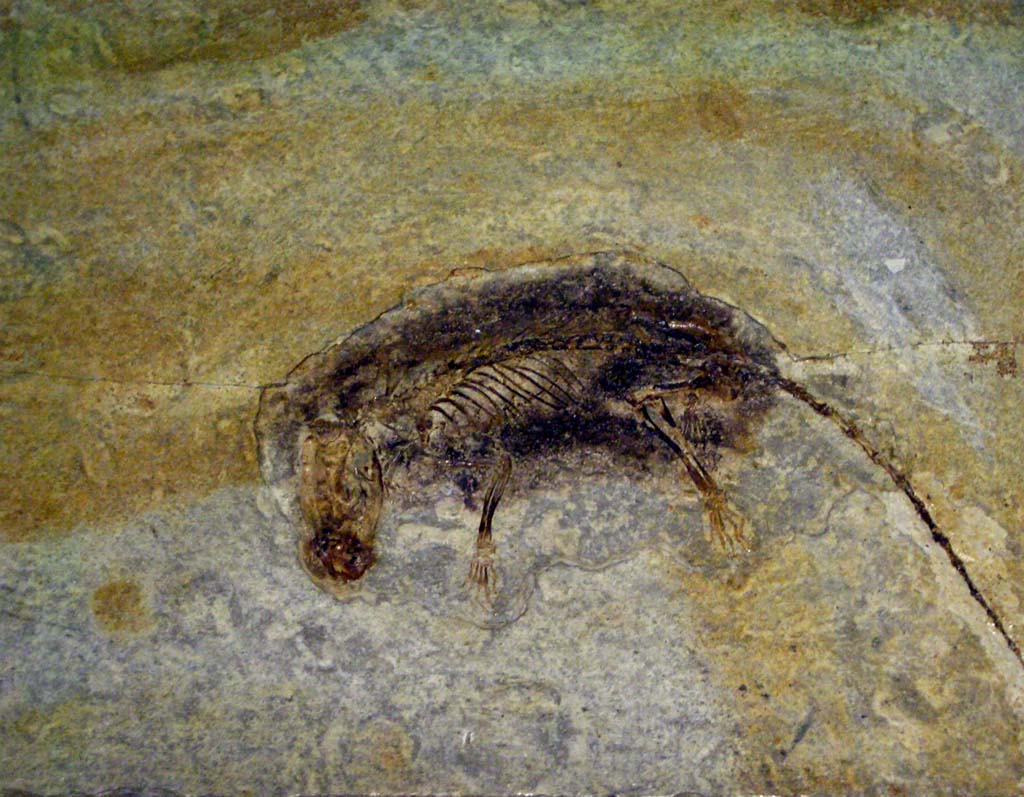
The event caused the extinction of all non-avian dinosaurs. But notice that crucial word: “non-avian.” Some dinosaurs did survive – they became the birds we see today. The surviving group of dinosaurs were avians, a few species of ground and water fowl, which radiated into all modern species of birds. What made the difference between extinction and survival?
Size, diet, and adaptability were crucial. Small animals that could burrow, scavenge, or survive on seeds and insects had better chances than massive creatures that needed huge amounts of fresh vegetation. Mammalian species began diversifying approximately 30 million years prior to the K–Pg boundary. All major Late Cretaceous mammalian lineages, including monotremes (egg-laying mammals), multituberculates, metatherians (which includes modern marsupials), eutherians (which includes modern placentals), survived the K–Pg extinction event, although they suffered losses. The survivors were generalists, not specialists – they could adapt their behavior and diet when their world changed.
The Race Against Time
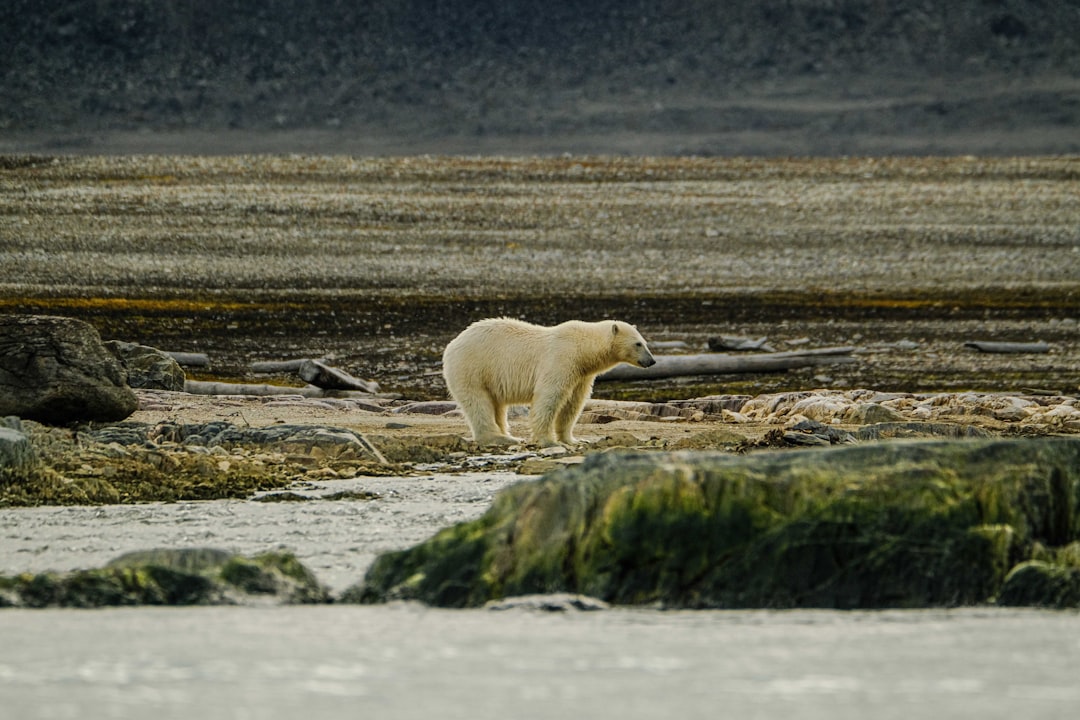
Perhaps the most unsettling parallel between the dinosaur extinction and today’s crisis is the element of time. What creates vulnerability to climate change isn’t so much the precise nature of that change (for example, cooling versus warming), but what conditions species are accustomed to. Plants and animals can adapt to slow changes. Very rapid changes, not so much. Today, the rate at which climate zones are shifting poleward with warming is exceeding the rate at which many plants and animals can move.
Based on their past rates of dispersal, we estimate that 57–70% of these 538 species will not disperse quickly enough to avoid extinction. Just like the dinosaurs couldn’t evolve fast enough to survive the post-impact world, many of today’s species cannot migrate, adapt, or evolve quickly enough to keep pace with human-driven environmental changes. The biological processes that allow species to adapt simply operate on longer timescales than the changes we’re creating.
Conclusion: Learning from the Past to Save the Future
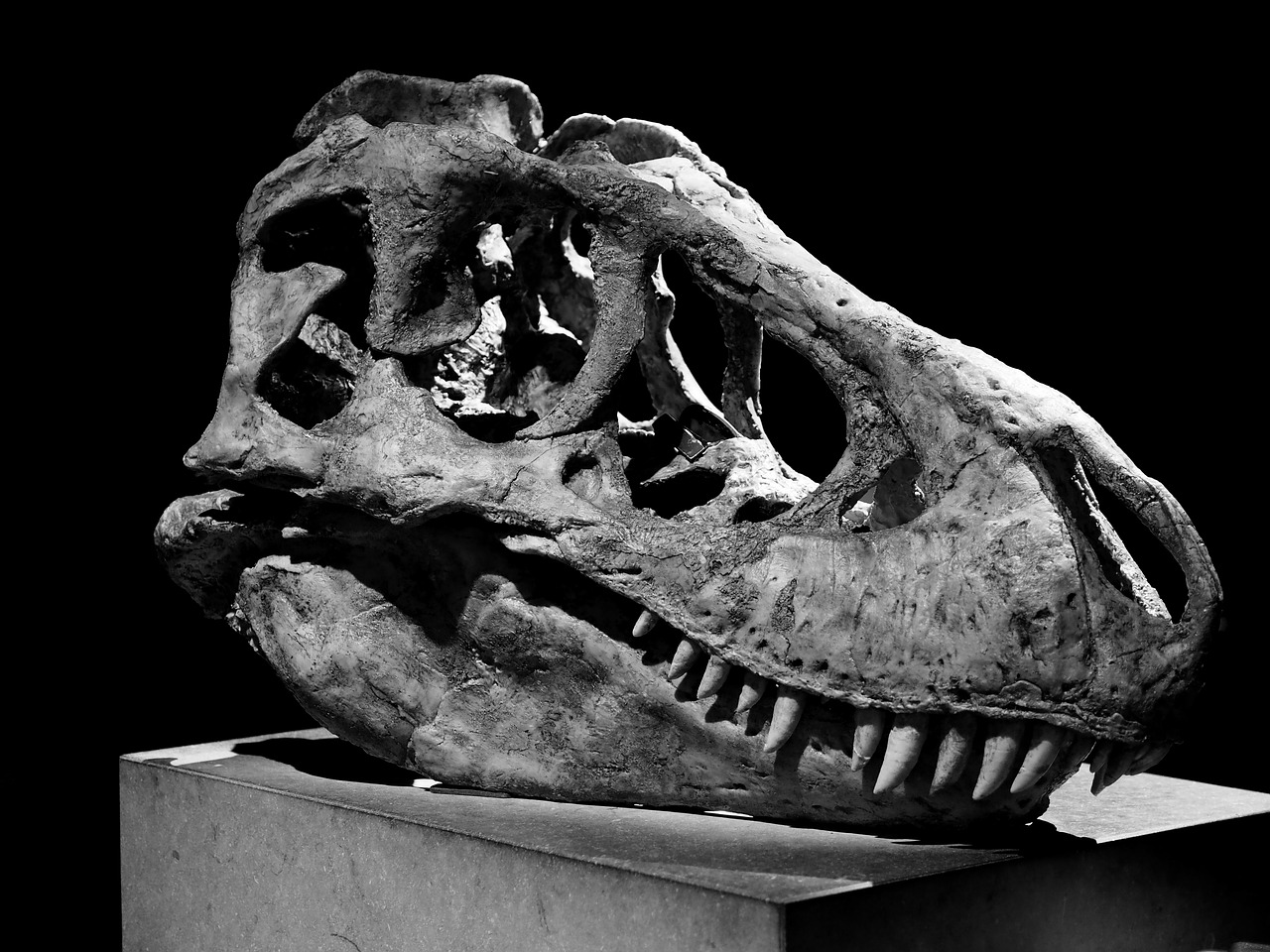
The dinosaur extinction offers us a sobering glimpse into what happens when environmental change outpaces a species’ ability to adapt. The creatures that had dominated Earth for over 160 million years were gone within decades, victims of their own biological limitations and a rapidly changing world. Today, we face a similar crossroads, but with one crucial difference – we can see it coming.
In short, it wasn’t the asteroid that killed the dinosaurs. It was climate change. Understanding why and how is critical for humans to navigate today’s changing climate. The dinosaurs’ story isn’t just about ancient history; it’s a warning about the fragility of life and the devastating consequences of rapid environmental change. The question we must ask ourselves isn’t whether we can survive the changes we’re creating – it’s whether we’ll choose to stop creating them before it’s too late.
What makes this tale even more chilling is that unlike the dinosaurs, we know exactly what’s coming. Will we heed the warning, or will future paleontologists puzzle over the layer of plastic and concrete that marks the end of human civilization?

